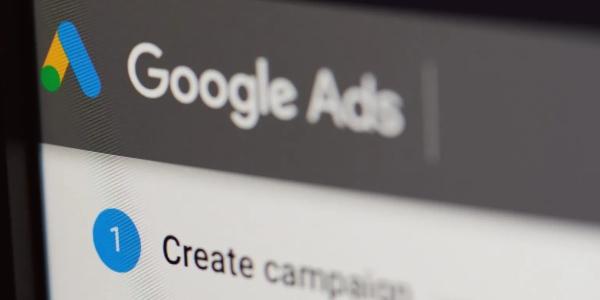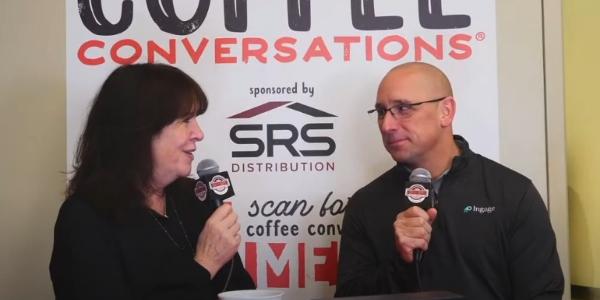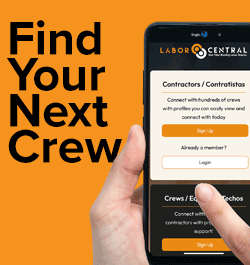How to Use Pay Per Click Marketing to Increase Your Leads

By PABCO Roofing Products.
Looking for an easy do-it-yourself form of marketing that can help you boost your business? Try Pay-Per-Click (PPC) marketing.
It isn’t a shocker that people often turn to Google to search nearly everything, from celebrity filmographies to what to make for dinner tonight. There is a reason why “Google it” is a phrase after all! That being said, some contractors might not think about how these search engines can impact their business. In the billions of searches processed every day, some homeowners are bound to be searching for “best contractors near me” and when those queries come in, you want your name to be a top hit.
In today’s digital-driven world, one of the best ways to get customers for your roofing contracting business is through search engines, like Google.
There are two different ways to ensure your business is showing up at the top of Google’s search results:
1 - Organic search optimization (SEO)
2 - Paid-per click advertising (PPC)
What is SEO?
Search engine optimization, otherwise known as SEO, is a strategy that helps you rank higher on Google’s search engine results pages (SERPs) without paying for that traffic. This strategy is more of a long play and requires an in-depth understanding of ever-changing best practices, which may be prohibitive for many contractors focused on running a business. That’s where PPC can help.
What is PPC?
Pay per click allows you to advertise your business to people searching for companies like yours without investing time and energy into SEO. Like the name implies, you simply pay Google a set cost for each user that clicks through to your website. Google offers two different kinds of PPC advertising—display ads or search ads.
-
Display ads include pictures and text, and they are typically embedded in the margins of another website.
-
Search ads appear above the search results on a SERP, or search engine results page. You get to select which words your ad would appear for, and each word has an associated cost per click.
When we use the example of someone typing “the best roofing contractor near me” into Google, if you’re buying ads for “roofing contractor” and your business is located in the searcher’s proximity, they would see your website before anyone else’s. In your industry, showing up at the top of a search result is one of the best ways to drive customers.
The best part is, you don’t have to be a digital marketing expert to tap into the success that comes from search ads. Interested in learning more? Keep reading to learn how you can set up your own Google Ads.
Before you get started with google search ads…
You need a game plan, otherwise known as an advertising strategy. In order to make setup as easy as possible, it’s best to define and document these key points:
-
Set your goal: Are you looking to drive awareness of your business, or are you looking to close the deal? Learn more about Google-specific goals here.
-
Who is your audience: Where do they live? What is their age? What is their gender?
-
What you want to say: What are your differentiators that you want to point out? What has helped you close a sale in the past?
-
Call to action: What action do you want the user to take? Go to your website? Give you a call?
-
What is your budget: How much money do you have to put towards ads this month? How many new customers can you feasibly take on?
-
Define your timeline: How long do you want these ads to run? How often will you check in to analyze the success of the campaign?
Now that you’ve answered these questions, it’s time to start building your Google Search Ads Campaign.
Build your google search ads campaign
Step 1: Create a Google account
If you don’t have a google email address, commonly referred to as gmail, you’ll need to set this up. Simply go to the gmail sign in page, and create your account.
Once you have a business account created, you’ll also need to set up a Google Ads account.
Step 2: Set up your campaign
Setup is simple because you’ve already done the legwork, but navigating the Google Ads interface for the first time can be confusing. For this reason, we’ve created this video for you to follow along with while you set up your campaign.
To set up your Google Search ads campaign, you’ll add in the following information:
-
Name: We recommend naming your campaign with identifiable markers such as the date or specific keywords you’re using.
-
Type: Select “Search” for an AdWords campaign
-
Goal: Look back to the goals you set at the beginning of this blog.
-
Audience: In your campaign settings, you’ll set up your location and audience targeting.
-
Ad groups: You can choose “Standard” ad groups, which means you select the keywords, or you can let Google select them for you by using “Dynamic” ad groups.
Pro Tip: Many marketers find they get more ROI from standard ad groups, however, depending on your time and skill level, it may make more sense to let Google run dynamic ads to start.
-
Budget: Last but not least, you need to set your budget. You will set this based on the dollar amount you want to spend each day.
Once you’ve added in all this information, you’re ready to launch!
Step 3: Analyze your campaign
This is one of the most critical components of any PPC campaign. It will take about 3 months for Google to really learn your keywords and audience, but in the meantime, you’ll want to make sure that you are paying for clicks that are actually driving leads for your business.
In the case of Google Search Ads, you have to look through the keywords to see which ones are driving the most traffic to your website, and of those, which are actually resulting in real customers.
Ask yourself these three questions:
-
Are there any keywords that aren’t returning leads?
-
Are there suggested keywords Google recommends?
-
Should you extend your location radius?
Step 4: Iterate on your campaign
Once you’ve analyzed the data, it’s time to iterate. Change up the keywords. Delete the ones that aren’t driving good leads. Add additional parameters to make sure you are only paying for keywords/clicks that are helping you reach your business goals.
You should repeat steps three and four on a regular basis to ensure your ads are performing optimally.
Interested in learning more roofing contractor marketing tips?
At PABCO®, we build mutually beneficial relationships with our partner and affiliate contractors in order to ensure a premiere experience from the product to the installation. That’s why we continually invest in our contractor relationships, helping them find ways to market their business. Your success is our success.
Learn more about PABCO® in their RoofersCoffeeShop® Directory or visit pabcoroofing.com.
Original article source: PABCO





















Comments
Leave a Reply
Have an account? Login to leave a comment!
Sign In